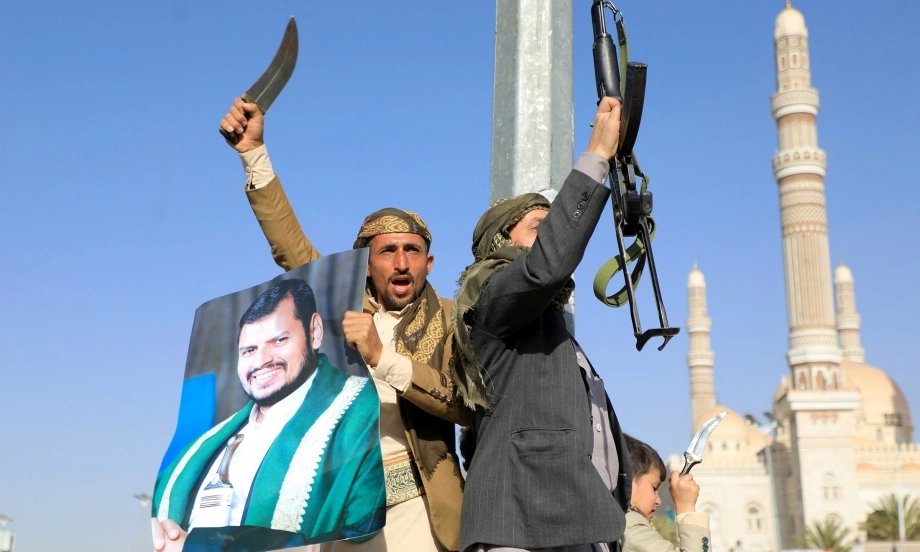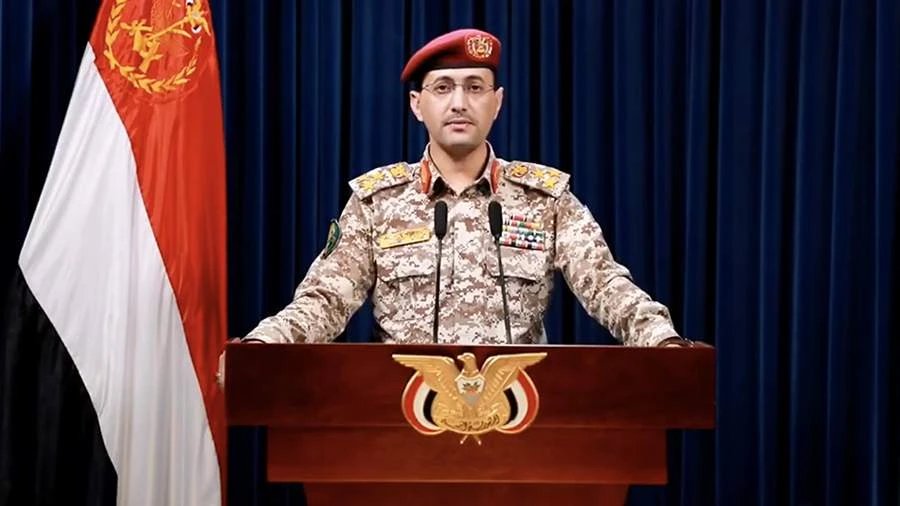The Houthi movement, officially known as Ansar Allah, has been a significant force in the Middle East, particularly in Yemen. Despite the United States’ military superiority, completely eliminating the Houthi forces has proven to be a daunting challenge. The complexities of geography, political dynamics, foreign alliances, asymmetric warfare tactics, and humanitarian concerns make this conflict far more difficult to resolve through military means alone. This article explores the key reasons why the US cannot easily destroy the Houthi forces.
## 1. Complex Geographical Terrain

Yemen’s rugged terrain is one of the primary obstacles to a full-scale military defeat of the Houthis. The country is characterized by:
– **Mountainous regions**: The Houthis primarily operate in northern Yemen, which consists of high mountains that provide natural fortifications and make ground assaults extremely challenging.
– **Difficult accessibility**: The rough topography limits the effectiveness of mechanized warfare, aerial bombardments, and traditional military strategies.
– **Hidden supply routes**: The Houthis have mastered the use of caves, tunnels, and remote hideouts, allowing them to evade attacks and regroup quickly.
This challenging environment prevents the US from deploying conventional warfare tactics effectively, giving the Houthis a significant strategic advantage.
## 2. Asymmetric Warfare and Guerrilla Tactics
The Houthis employ asymmetric warfare, which is difficult for conventional military forces to counter. Their strategies include:
– **Hit-and-run attacks**: Small, mobile groups launch surprise attacks on larger, more structured forces.
– **Improvised Explosive Devices (IEDs)**: These low-cost weapons cause significant damage while minimizing direct engagements.
– **Use of civilian cover**: The Houthis often blend into the local population, making it difficult to target them without causing civilian casualties.
– **Cyber and propaganda warfare**: They leverage digital platforms to spread their ideology, recruit fighters, and counter US narratives.
Such tactics allow the Houthis to prolong the conflict, making it nearly impossible for the US to secure a decisive victory.
## 3. Strong Local Support and Ideological Resilience

The Houthis have built a strong ideological and social base in Yemen, which makes their complete eradication extremely difficult. Key factors include:
– **Religious and cultural ties**: The Houthis follow the Zaidi Shia sect, and many northern Yemenis share this belief, creating a natural support base.
– **Anti-foreign intervention sentiment**: Many Yemenis oppose foreign military presence, viewing the US and its allies as aggressors rather than liberators.
– **Community-based recruitment**: The Houthis recruit from within local tribes, ensuring a steady supply of fighters who are familiar with the terrain and willing to defend their homeland.
This deep-rooted support structure makes it difficult for external forces to weaken or dismantle the movement entirely.
## 4. Iranian Support and Regional Influence
Iran plays a crucial role in sustaining the Houthi forces by providing them with financial, military, and logistical support. Key aspects of Iranian involvement include:
– **Weapons supply**: Iran has been accused of smuggling advanced weaponry, including missiles and drones, to the Houthis.
– **Military training**: Iranian and Hezbollah operatives reportedly train Houthi fighters in guerrilla tactics and drone warfare.
– **Political backing**: Iran uses the Houthis as a proxy force to counterbalance US influence in the Middle East.
As long as Iran continues its support, the Houthis will have the necessary resources to resist US-led efforts to destroy them.
## 5. Humanitarian Concerns and International Law

The US faces significant ethical and legal constraints when engaging in military operations against the Houthis. These include:
– **Risk of civilian casualties**: Large-scale bombings could result in high civilian deaths, leading to international condemnation.
– **Humanitarian crisis**: Yemen is already suffering from famine and disease, and intensified US military action could worsen the crisis.
– **UN restrictions**: The US must operate within international legal frameworks, limiting its ability to launch unrestricted military campaigns.
These humanitarian considerations force the US to exercise restraint, making total destruction of the Houthis unlikely.
## 6. Lack of a Clear Exit Strategy
A prolonged engagement in Yemen without a clear strategy for victory or withdrawal could result in another costly and indecisive conflict, similar to previous US involvements in Iraq and Afghanistan. Challenges include:
– **No viable alternative government**: Even if the Houthis were defeated, there is no stable political structure ready to replace them.
– **Potential for long-term insurgency**: If the Houthis are weakened but not eliminated, they could transform into an even more dangerous insurgency.
– **Limited public support**: US citizens are largely opposed to prolonged military engagements in the Middle East.
Without a comprehensive political solution, military action alone will not resolve the conflict, making it difficult for the US to justify an all-out war against the Houthis.

## Conclusion
The United States faces numerous challenges in its efforts to completely destroy the Houthi forces. Yemen’s geographical landscape, the Houthis’ asymmetric warfare tactics, their deep-rooted local support, Iranian assistance, humanitarian concerns, and the lack of a clear exit strategy all contribute to the difficulty of achieving a decisive military victory. Given these complexities, a purely military solution is unlikely to succeed. Instead, diplomatic efforts, regional negotiations, and political strategies may offer a more effective path toward long-term stability in Yemen.
